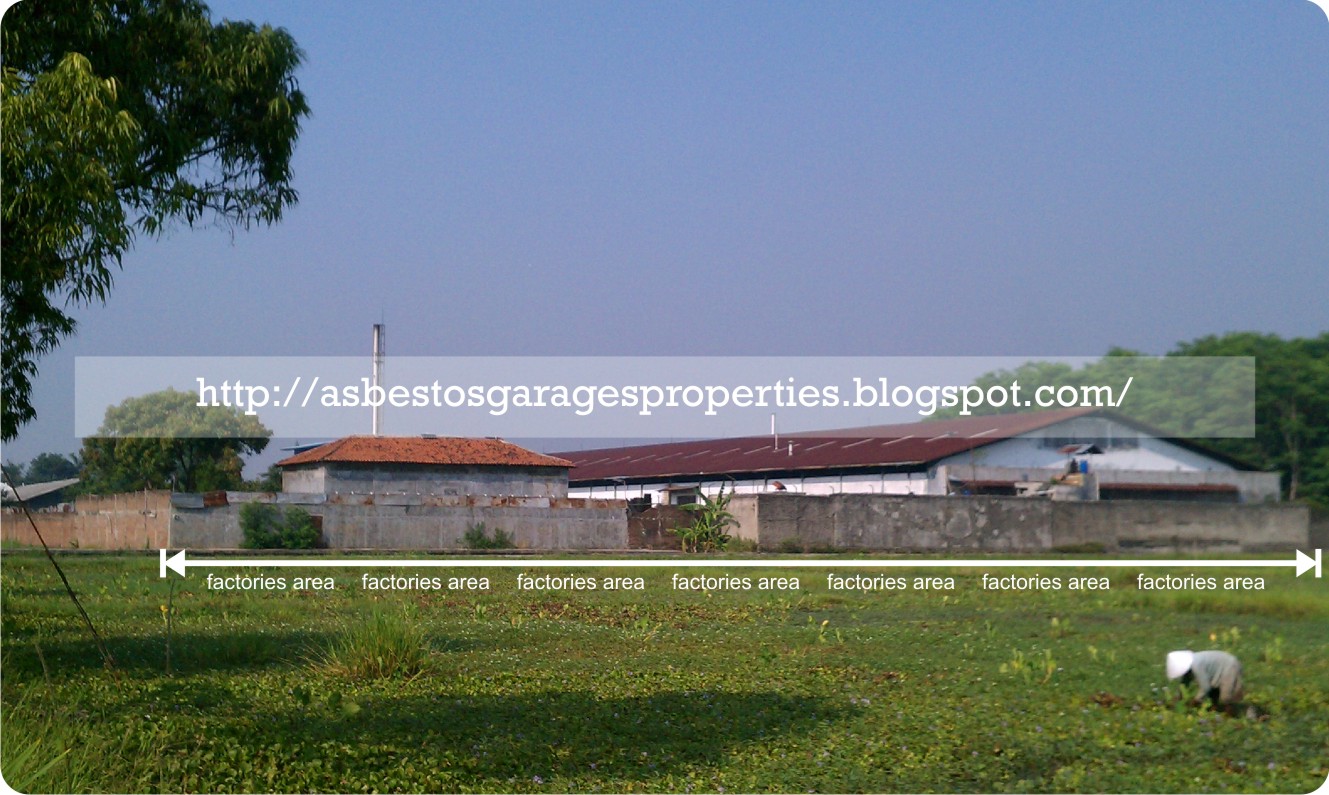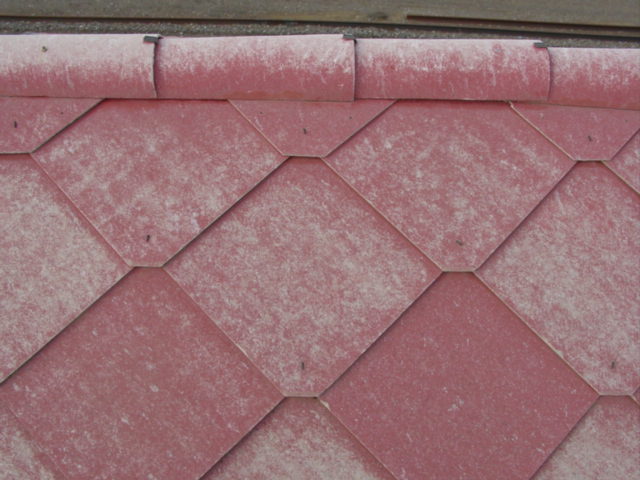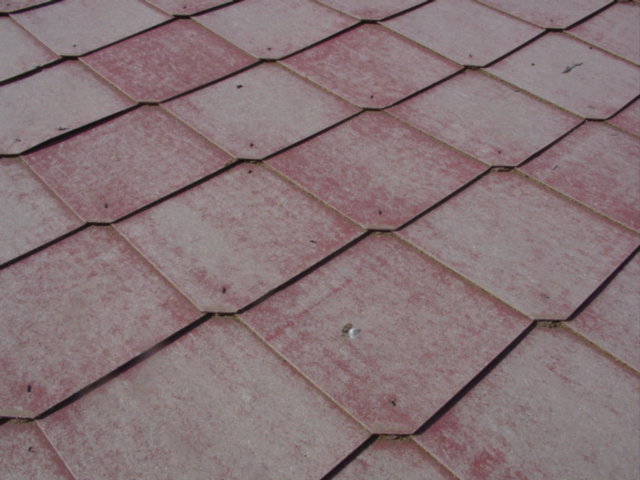

If you are doing renovations anyway, it makes sense to take the opportunity to replace roof tiles with modern versions without asbestos.

Damaged tiles with asbestos need to be handled and removed with extreme care using appropriate safety equipment. The risk comes about when tiles begin to degrade and the cement weakens and breaks away, leaving asbestos exposed to the air. In their undamaged form, asbestos roof tiles present no risk as the asbestos is held firmly in place by the cement. Many asbestos miners suffered and died with these three diseases.

Diseases specific to asbestos are lung cancer, mesothelioma (cancer of the lining of the lungs), and asbestosis (a chronic lung disease). Asbestos inhalation has no symptoms, and it has no smell, so you can be inhaling or ingesting asbestos and not know about it until it is too late. If asbestos crumbles the threads can become airborne or water borne and inhaled or ingested, because it is still not biodegradable, it can cause a build up in the lungs leading to blockages. Of course these kind of tiles are now banned as it was discovered that asbestos inhalation can lead to lung and pulmonary diseases. Why is asbestos hazardous to health?Īsbestos would be mixed with other materials such as cement to create roofing tiles, the portion of asbestos being around 10-15% of the overall mix. It is however the white asbestos, chrysotile, that is used most often in buildings - it looks like wood or fibre and is softer and more pliable than the other types - it makes it perfect for use in roof tiles and insulation. They appear naturally as different colours, with the brown type (amosite) being the strongest. There are six different types amosite, crocidolite, chrysotile, tremolite, actinolite, and anthophyllite. It’s a wonder material which is why it was widely used in the building industry, with extensive mining of the mineral taking place from the 19th century. It has many desirable properties such as being heat and fire resistant (even when doused with oil!), it’s stronger than steel, doesn’t biodegrade, dissolve in water or evaporate. Asbestos is actually a naturally occurring type of stone. Your doctor may also refer you to a specialist who treats diseases caused by asbestos.Asbestos is often found in old homes and commercial buildings, but what is it?Īsbestos was first discovered in ancient Greece by one of Aristotle’s students.

Some of these tools are physical examination, chest x-ray and pulmonary function tests. This includes looking at the person’s medical, work, cultural and environmental history.Īfter a doctor suspects an asbestos-related health condition, he or she can use a number of tools to help make the actual diagnosis. Healthcare providers usually identify the possibility of asbestos exposure and related health conditions like lung disease by taking a thorough medical history. In general, the greater the exposure to asbestos, the greater the chance of developing harmful health effects.ĭisease symptoms may take many years to develop following exposure.Īsbestos-related conditions can be difficult to identify. Health Effects From Exposure to AsbestosĮxposure to asbestos increases your risk of developing lung disease. In general, exposure may occur only when the asbestos-containing material is disturbed or damaged in some way to release particles and fibers into the air. Read more about other places where asbestos can be found:Īsbestos fibers may be released into the air by the disturbance of asbestos-containing material during product use, demolition work, building or home maintenance, repair, and remodeling.


 0 kommentar(er)
0 kommentar(er)
